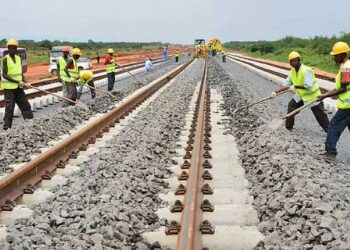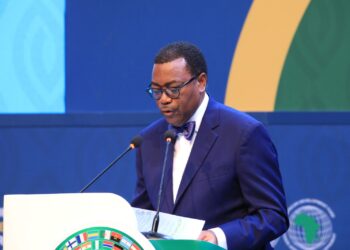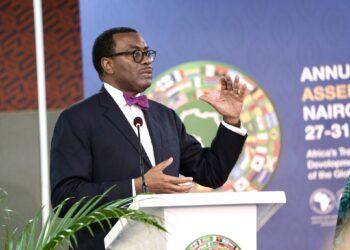African Development Bank (AfDB) has invested $600 million for the development of renewable energy in Africa. The President of AfDB, Akinwumi Adesina, disclosed during his keynote speech at the UK-Africa Investment Summit.
The investment into the renewable energy market had been encouraged by the opportunities, which Adesina says are available in Sub-Saharan Africa.

“Huge opportunities exist for investment in renewable energy, especially for hydropower, wind, solar, thermal and geothermal.
“But many of these opportunities can’t be realised unless we invest a lot more in project preparation to make the projects bankable. The African Development Bank through its NEPAD infrastructure project preparation facility has helped to mobilise financing for $8.5bn of infrastructure projects.”
Supporting largest power project: AfDB also played a vital role in the construction of the largest wind power generation project in Africa, which is located in Kenya. It is expected to produce 300 megawatts of electricity.
[READ MORE: Nigeria, others secure AfDB’s $20m to improve renewable energy)
“The African Development Bank’s €20m Partial Risk Guarantee essentially backstopped the government of Kenya’s obligations to developers against delays in the construction of transmission lines,” Adesina said.
How AfDB avoids market risk: According to Adesina, the bank has been able to transfer risks on its private sector portfolio assets to the private sector by initiating a $1 billion synthetic securitisation.

“We are currently exploring with the DFID on the use of synthetic securitisation for the sovereign portfolio of the African Development Bank.
“This will be used to transfer sovereign risk to the market, working with insurers and reinsurers in the United Kingdom. This could be a huge game-changer for how governments can transfer their sovereign risks on infrastructure to the market.
“Because the bulk of infrastructure is financed through foreign loans, and the revenue streams are in local currency, it introduces high financial and forex risks to investors.
“Using swaps and hedging are effective, no doubt, but more can be achieved by focusing on local currency financing. This will also help with debt sustainability as the bulk of Africa’s external debt is on infrastructure.”
Nairametrics reported recently that AfDB had partnered with the United Kingdom’s development agency, DFID, to unveil its $80 million infrastructure financing initiative for Africa.

















.gif)






